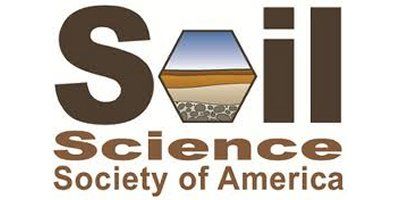

Soil Science Society of America (SSSA)
- Home
- Companies
- Soil Science Society of America (SSSA)
- Articles
- Soybean yield and soybean cyst nematode ...
Soybean yield and soybean cyst nematode densities related to soil ph, soil carbonate concentrations, and alkalinity stress index
Jul. 26, 2009- By: N. P. Rogovska, A. M. Blackmer and G. L. Tylka
Courtesy ofSoil Science Society of America (SSSA)
Soybean [Glycine max (L.) Merr.] grown on high pH, calcareous soils often suffer yield loss due to unavailability of Fe. Further yield decline can occur due to infestations by soybean cyst nematodes (Heterodera glycines Ichinohe; SCN) that are often present in greater numbers in high-pH soils. An observational study was conducted from 2001 to 2005 in Iowa to examine the relationships among: pH; CaCO3 equivalent (CCE); alkalinity stress index (ASI), which combines pH and CCE in one value; SCN; and soybean grain yield of SCN-resistant and susceptible cultivars. The study was conducted within 23 fields that had marked variability in soybean growth. Remote sensing of soybean canopies was used to help identify 10 to 16 sampling areas within each field. Soil samples were analyzed for pH, CCE, and SCN population densities. Grain samples were used to calculate relative yields (RY) in each field. The RY declined with increases in pH, CCE, ASI, and SCN densities more for SCN-susceptible than resistant cultivars. The ASI explained a greater percentage of variability of soybean yield than did pH or CCE alone. The ASI explained 18 and 45% of yield variability of SCN-resistant and susceptible cultivars, respectively, while pH explained 13% (SCN-resistant) and 36% (SCN-susceptible) and CCE explained 15% (SCN-resistant) and 32% (SCN-susceptible) of yield variability, respectively. The SCN population densities were more strongly related to soil pH than to CCE. The ASI explained the same proportion of variability in SCN population densities as did soil pH.
Most popular related searches
